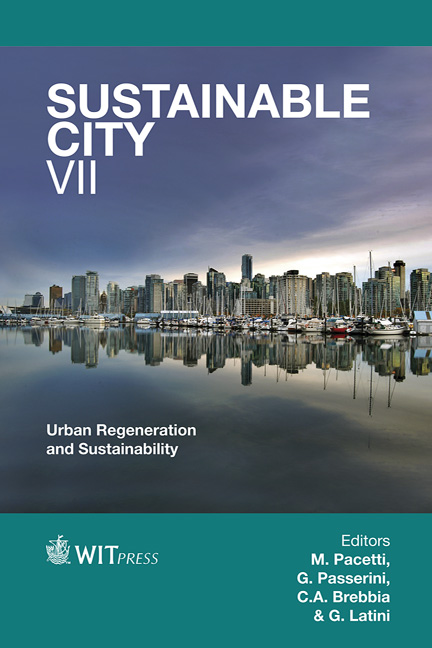Code Green
Price
Free (open access)
Transaction
Volume
155
Pages
12
Page Range
429 - 440
Published
2012
Size
1,093 kb
Paper DOI
10.2495/SC120361
Copyright
WIT Press
Author(s)
A. D. Degenhart
Abstract
Spratt and Sutton’s book Climate Code Red (2008) compellingly outlines the tremendous challenges facing our natural world, making an urgent call to change the way in which we live in it. Like environmental alchemy, these red alarms inspired many green solutions, including the rise of ‘ecovillages’, one of which is the internationally awarded and aptly titled The Ecovillage, developed by Landmatters Currumbin Valley Pty. Ltd. and located on the Gold Coast, Queensland, Australia. Although the master planning and infrastructure of The Ecovillage – including its ecohamlets, low-impact streets, water-sensitive urban design, communal waste treatment/recycling facilities and expansive green spaces – create the foundation for its success, it is the Architectural and Landscape Code that shapes what grows from that solid base. It is my assertion that the ideologies embodied in this code document and others like it can be referred to as ‘Code Green’, a phrase which echoes both urgency and hope and represents a fundamental tool in the creation of sustainable residential design outcomes on a large scale. As a compilation of environmental design exemplars, equipment specifications and minimum standards, sustainable design codes serve as a type of recipe that is able to ensure a best-practice Environmentally Sensitive Design (ESD) outcome, no matter what level of expertise the individual resident, designer, builder or other stakeholder may bring to the project. These codes work on several levels: education, prescription, example, process, reporting, enforcement and maintenance, with the combination of these strategies providing the basis for their success. Written from the perspective of someone who both contributed to and implemented this code in its inaugural year, this paper offers an overview of its history, structure, content and administration, contributing valuable insights, information and experience to the housing industry. Keywords: biodiversity, body corporate, codes, community, ‘dark sky’, ‘ecohamlet’, environmentally sustainable design (ESD), ‘Greenway’, monitoring.
Keywords
biodiversity, body corporate, codes, community, ‘dark sky’, ‘ecohamlet’, environmentally sustainable design (ESD), ‘Greenway’, monitoring.





